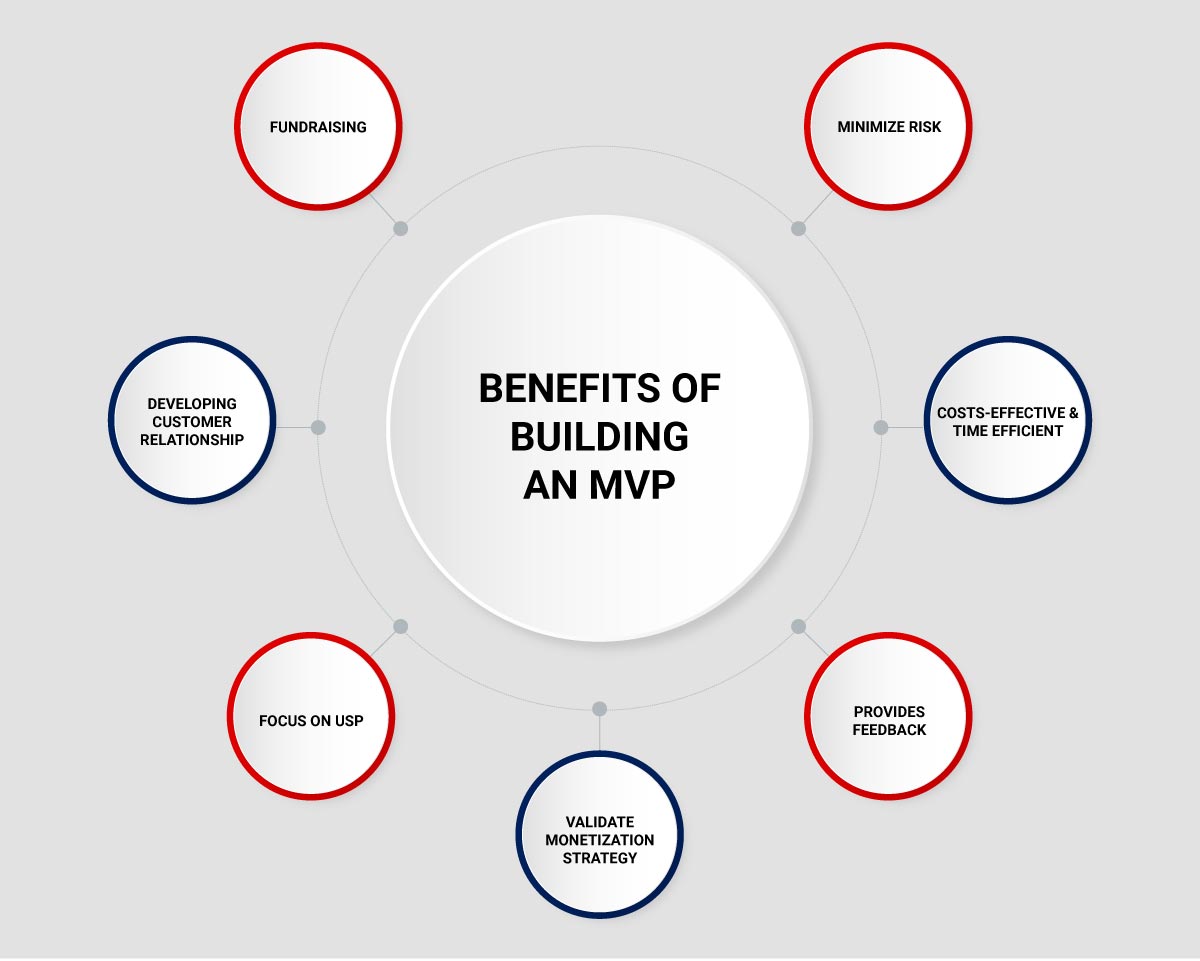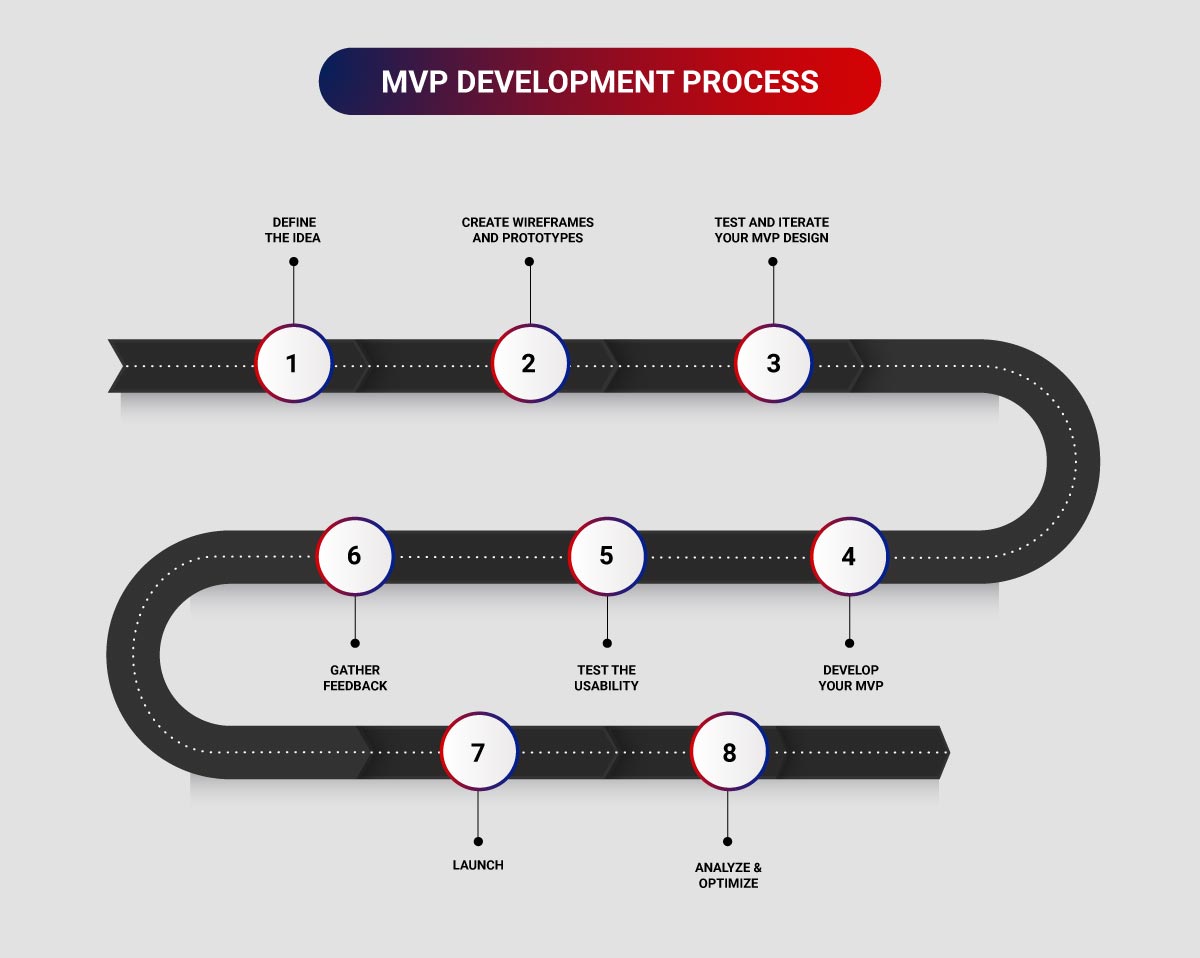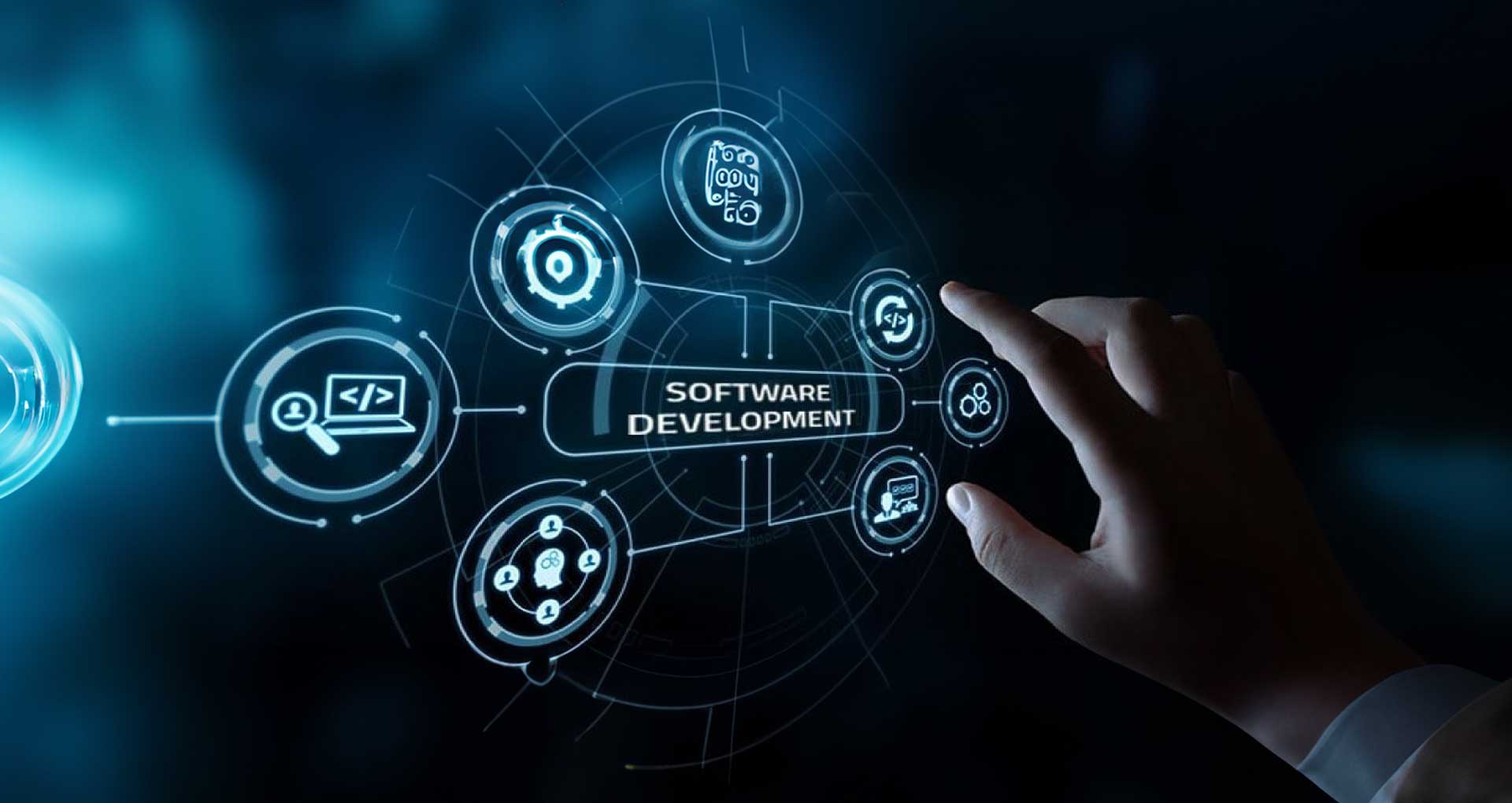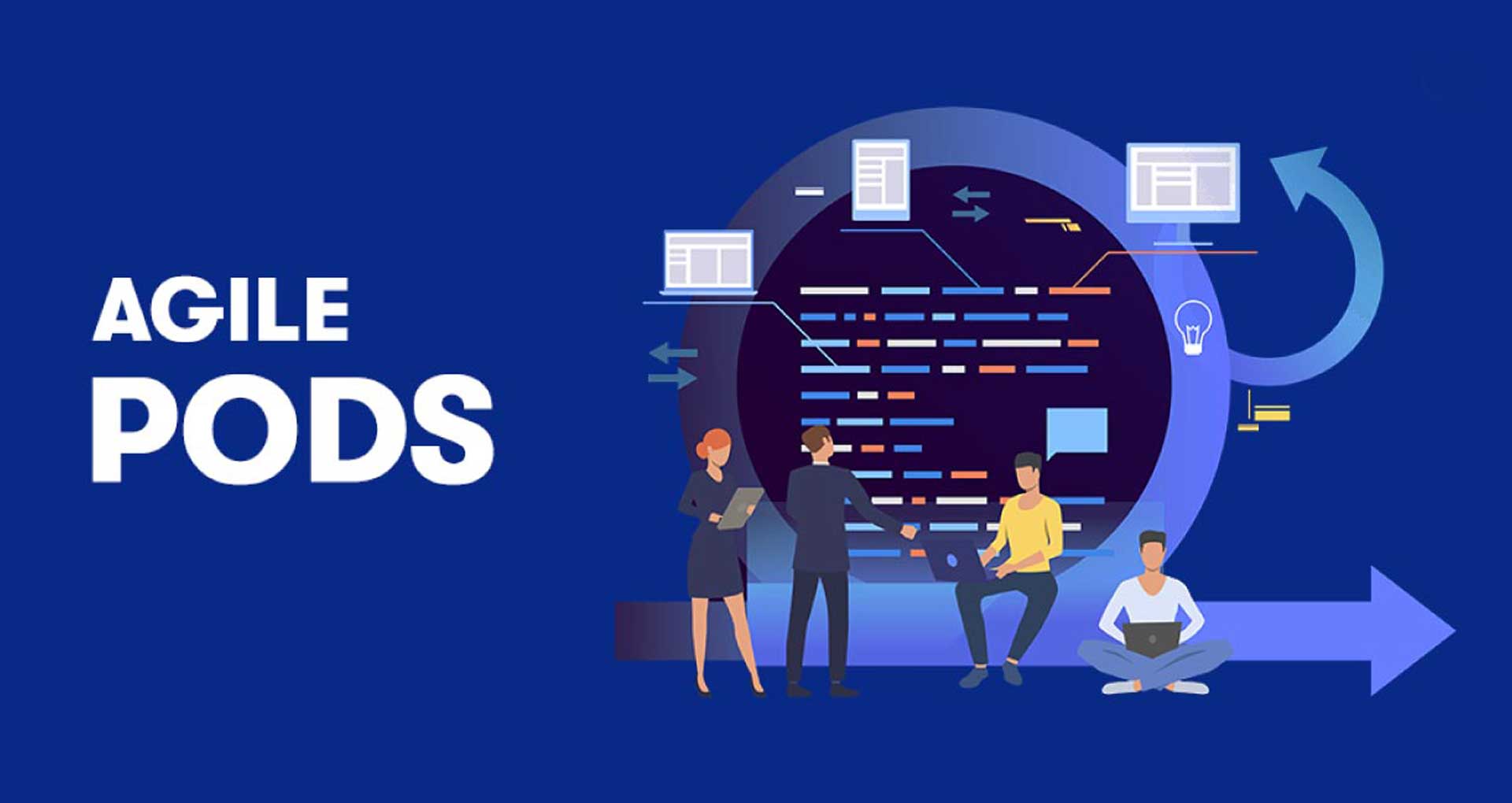Every profitable business wants to invest in a product that would capture the target market’s interest and rake in big profits. However, investing valuable time and resources in developing a product that may not meet the consumer’s needs can be risky. Creating a Minimum Viable Product (MVP) has emerged as a popular launch strategy to address this scenario. Developing an MVP to test the market’s demand for your product or service is crucial for a tech startup. It is a basic version of your product with just enough features to solve your target audience’s primary problem. Launching an MVP can validate your business idea, collect feedback from early adopters, and make informed decisions about your product’s future development. MVP development for startups has proven successful for many well-known brands like Dropbox, Figma, and Uber.
So, here’s a guide on MVP for startups to explain the concept, its types, the benefits of building an MVP, and finally, how to make one successfully. Let’s get started!
What is an MVP for Startup?
MVP stands for Minimum Viable Product, a development approach that involves building a basic product version that includes only the core features to satisfy early customers and gather feedback for future enhancements. It aims to test the product concept with the least effort and resources possible while delivering value to early adopters. With an MVP, startups can quickly determine whether there is a demand for their product or service and whether they should proceed with further development. Take, for example, the early versions of popular apps like Tinder and Snapchat. Despite lacking most of their current features, they could still provide value to users by allowing them to quickly sign up for dating and share photos instantly without needing to go through tiresome questionnaires.
Benefits of MVP Development For Startups
Building an MVP is a critical step in the development of a startup. It can provide numerous benefits that could help them achieve its goals and success in the market.

Here are some of the benefits of building an MVP for startups;
- Minimize Risk: Creating a product that fails to meet your target audience’s needs can be a significant risk. By launching an MVP, you can collect user feedback and make improvements, reducing the risk of creating a product that doesn’t meet market demand. An MVP also requires less investment than a full-fledged product, reducing overall risk.
- Costs-effective & Time-Efficient: Developing a mature product takes years of effort and comes with a substantial price tag. However, this cost can be spread over time as the product is iteratively improved, often through reinvestment of revenue from earlier versions. Adopting an MVP approach can also help to prevent product development from becoming too complex, requiring more advanced coding and solutions. As you gather more user feedback and information from the MVP, you can gradually invest more intelligently and efficiently.
- Provides Valuable Feedback: Launching an MVP allows startups to gather feedback from early adopters and customers. This feedback can improve the product’s quality, identify new features, and make informed decisions about future development. Defining and documenting the key features and customer benefits at the outset is crucial to ensure precise focus throughout the product’s development. Once you have created a checklist based on this initial vision, you can share it with your dev team. This way, you can make sound decisions and stay on course for success.
- Validate Monetization Strategy: A thorough monetization strategy that generates a sustainable income stream. Many monetization strategies include paid services, freemium models, in-app purchases, ads, and more. However, choosing the most profitable option can be daunting, especially if your product is fully developed. The MVP development approach allows you to test various monetization strategies and gather valuable customer feedback regarding their willingness to pay for your app’s features. You can confidently move forward with the best option that generates the desired results.
- Flexibility to Focus on Your Unique Selling Proposition: As you bring a new product to market, you must focus on your core value proposition – the one thing that sets your product apart and appeals to users. MVP development forces you to focus on this crucial selling point, preventing you from getting bogged down in non-essential features. Stay true to your vision and develop a winning product with MVP development.
- Build Early Relationships with Customers: Timing is everything in business, and engaging new users and stakeholders at the initial stages of development can set your product up for success. Early adopters can spread the word about your product and offer valuable feedback for further enhancements.
- Fundraising: Securing funding from investors requires demonstrating a high return on investment for your product. To begin with, you’ll need to pitch your business idea and present a functional MVP to convince potential investors that your concept is legitimate and that your product will deliver tangible value to users. Therefore, having an MVP with a solid user base and market traction improves your chances of obtaining financial support.
Types of MVPs for Startups
There are different types of MVPs. Here are a few categories of high and low-fidelity MVPs:
Low-Fidelity MVPs
- Mockups: Basic visual representations of the product that simulate how it will look and function. They help test user interface (UI) design and user experience (UX) flows. For example, a paper prototype or a digital mockup created using a tool like Figma or Sketch.
- Landing Pages: Simple web pages that present a value proposition to potential users and allow them to sign up or provide feedback. They can help gauge user interest and validate assumptions about the product. For example, Dropbox started as a landing page that collected the email addresses of interested users.
- An Explainer Video: It is a concise and engaging way to showcase the features and benefits of your product to potential customers. For instance, a company selling a new app for budgeting might create an explainer video highlighting how the app can help users control their spending, set financial targets, and save money.
- Paper Prototype: A practical way to get early feedback on your product design. For example, a team creating a new mobile game might create paper prototypes of the game’s user interface and gameplay mechanics to test with a small group of users. Based on the feedback, they can refine the design and create a more polished MVP.
High-Fidelity MVPs
- Concierge MVP: Involves manual delivery of the product or service to customers while pretending that it is fully automated. It helps test whether customers are willing to pay for the development and what features are most important to them. For example, Airbnb started as a concierge MVP where the founders manually coordinated rental listings and payments.
- Digital Prototype MVP: It is a functional, but not yet fully developed, product version & it helps test user workflows and identify technical challenges. For example, the first version of Tesla’s Model S was a prototype MVP that helped the company refine the design and functionality of the final product.
- Wizard Of Oz: A type of MVP where a human plays the role of a software component to simulate the product’s functionality. For example, Zappos initially used a Wizard of Oz MVP where the founder pretended to have an inventory of shoes to test the market for online shoe sales.
- The Piecemeal MVP: It can be considered a compromise between the Wizard of Oz and Concierge MVPs. It involves utilizing available tools and services, such as a product prototype, to provide a functional product to your customers.
MVP Development Process for Startups
Building an MVP is a great way to test your idea, gather feedback from early adopters, and validate your assumptions before investing too much time and money into a full-scale product. Listed below are the critical stages of MVP development for startups.

You can also follow these steps to build an MVP successfully:
Defining your MVP
- Understanding Your Target Market: Before defining your MVP, it is crucial to understand your target market. It includes awareness about potential customers’ needs, pain points, and preferences. You can gather necessary information through market research, surveys, interviews, and feedback from early adopters.
- Identifying The Core Features Of Your Product: The second step in this scenario would be to identify the core features that your product must have to meet their needs. Further, they should also be the most desired & valuable for your target market.
- Prioritizing Features To Include In Your MVP: After identifying the core features, it is essential to prioritize them based on their importance and feasibility. The goal is to have the minimum yet critical elements to deliver value for your customers to validate your product idea further.
Designing your MVP
- Creating Wireframes And Prototypes: Once you have defined your MVP, the next step is to create wireframes and prototypes. Wireframes are visual representations of your product’s layout and features, while prototypes are working models of your product that users can interact with. They help you test and refine your product’s design before investing in development.
- User Experience Considerations: When designing your MVP, it’s essential to consider the user experience (UX). It would include developing a user-friendly interface, ensuring easy navigation, and incorporating user feedback to improve the overall experience.
- Testing And Iterating Your MVP Design: After creating a prototype, you can test your MVP with a small group of users to gather feedback and identify areas for improvement. Based on this input, you can iterate your MVP design and make changes that align with your user’s needs and preferences. This process can be repetitive until you get a product that meets the needs of your target market and provides value to your customers.
Building your MVP
- Development Tools: Once you have identified your target market and the core features of your product, it’s time to determine the programming languages, frameworks, and other tools needed for development.
- Deployment Platform: To make your application accessible to users, it must be deployed on a specific platform. Some of the top deployment platforms to consider are AWS and Microsoft Azure.
- Develop Your MVP: Build a functional MVP using agile development methodologies. Focus on developing the essential features critical to your product’s success and avoid adding unnecessary features.
Testing and Validating your MVP
- Usability Testing: This is an essential part of validating your MVP. It involves observing how users interact with your product and gathering feedback on their experience. To set up user testing sessions, you can recruit participants from your target market and provide them with specific tasks to complete using your MVP.
- Gathering Feedback And Data: During user testing sessions, it’s essential to gather both qualitative and quantitative feedback. Qualitative feedback can be obtained through user interviews and surveys, while quantitative data can be collected using tools like Google Analytics or heat maps. This feedback can help you understand how users interact with your product, identify areas for improvement, and validate your assumptions about your target market.
- Launch Your MVP: Once you’ve refined your MVP based on user feedback, it’s time to launch your product. Start small and focus on a specific target market. Use your initial launch to gather additional feedback and refine your product further.
- Analyzing Results And Making Improvements: Once you have gathered feedback and data, it’s time to explore the results and improve your MVP. It involves identifying patterns in user feedback and data, prioritizing areas for improvement, and implementing changes that better align with your user’s needs and preferences. This process of iteration and progress can be repeated until you have a product that meets the needs of your target market and provides value to your customers.
Minimum Viable Product Examples from the Real World
Here are some examples of startup MVP development that have been successful in the real world:
- Dropbox: Started as a simple MVP; it allowed users to upload and access files from any device. They tested their product with a video, and after many pre-orders, they knew they were onto something big.
- Instagram: It allowed initial users to take photos, apply filters, and share them with friends. It didn’t have any advanced features available today, but it was enough to validate the idea that people wanted a social platform for sharing photos.
- Buffer: It allows the scheduling of social media posts in advance. Though, the MVP version didn’t have any advanced analytics or team collaboration features that it has today. Still, it was enough to validate the idea that people wanted to schedule their social media posts.
Each MVP was designed to test a specific hypothesis and validate an idea quickly and cost-effectively.
Key Roles and Skills Needed for MVP Development
Whether you’re a startup founder, a seasoned entrepreneur, or a business owner looking to launch a new product, the following are the key roles and fundamental skills you must consider:
- Product Owner: Formulate the overall product vision, strategy, and roadmap.
- Project Manager: To manage the project plan, timelines, and resources and ensure the project is delivered on time and within budget.
- UX/UI Designer: For designing the product’s user interface and user experience.
- Front-end Developer: To build product’s client-side using web technologies such as HTML, CSS, and JavaScript.
- Back-end Developer: To build the server side of the product, including the database, APIs, and business logic.
- Quality Assurance Engineer: To ensure the product meets standards by testing the software and reporting bugs.
- DevOps Engineer: To set up the development, testing, and production environments and deploy the software to those environments.
The exact mix of roles & skills needed for MVP development might vary depending on the product’s specific requirements.
How the Lean Approach Can Facilitate MVP Development for Startups
The Lean approach is a development methodology that emphasizes minimizing waste and maximizing value. For MVP startup software development, it would help to highlight the principles of efficiency, flexibility, and customer feedback. Here are a few ways in which this approach can help;
- Focus on Customer Needs: The approach emphasizes understanding the customer’s needs and developing solutions that meet those needs. This principle aligns perfectly with MVP development, which involves creating a product with only the most essential features that solve the customer’s pain points.
- A/B Testing: It involves displaying different product variations to other groups of users simultaneously and analyzing which version generates higher conversions. By conducting A/B tests, you can verify a hypothesis and evaluate which product version is more effective in driving desired outcomes.
- Focus on Iterative Development: The Lean Approach emphasizes iterative and incremental development. It involves building, testing, and iterating on a product in small increments. It enables startups to quickly identify and correct issues, validate assumptions, and gather feedback from early adopters.
- Build-Measure-Learn Loop: When testing a concept, there are two possible results. If the product is found to be in demand, it is worthwhile to continue with the same idea and enhance it further. If the product is not as popular as anticipated, you must test another hypothesis to meet your target customer’s need.
- Eliminating Rework: The Lean Approach identifies and eliminates unnecessary steps in the development process. By focusing on the core features that solve the customer’s problems, MVP development helps eliminate elements that don’t add value and would have otherwise wasted time and resources.
- Leveraging Cross-Functional Teams: Cross-functional teams can perform multiple roles. It facilitates MVP development by enabling startups to build, test, and iterate on their product quickly and efficiently.
- Data-Driven Decision Making: Fact-based & data-backed decision-making eliminated the application of assumptions or opinions. Instead, it enables startups to validate their beliefs and make informed decisions about their product.
Strike while the iron is hot – The phrase applies to startup ideas too. Building an MVP quickly and efficiently is crucial to a startup’s success. But how do you make it happen? It’s best to partner with a development agency that can deliver on time and within budget while providing the right mix of expertise, experience, and a customer-centric approach.
Why is Rishabh Software a Reliable MVP Development Partner for Startups?
By choosing our software product development services, you can ensure that your MVP is built fast, within budget, and to the highest quality standards. Here’s a showcase of the MVP startup software development portfolio:
- Idea Validation: A comprehensive assessment of various components ensures that nothing is overlooked. These components include gathering customer feedback, conducting surveys, and asking targeted questions.
- Prototype Development: We help create clickable prototypes for both web and mobile applications. It helps us analyze the functionality of the user interface (UI) and provides you with a clear visual representation of the interface. This way, you can better understand what we store for you.
- Concierge MVP Development: Involves utilizing pre-existing solutions to common problems, freeing up developers from the task of building additional functionalities. It also enables us to provide customized MVP development services tailored to your needs.
- Full-scale MVP Development: We create a fully operational MVP as a final product. It helps your target audience to assess whether it resolves their problems. This product would be a culmination of the design, features, and functionalities that were incorporated during its development.
Final Words
Building an MVP is critical for startups looking to validate their product ideas, minimize risks, and optimize resource utilization. By focusing on the core features and functionalities that provide the most value to the customer, they can quickly develop and test their product in the market, gather feedback from early adopters, and iterate on their product to improve its performance and increase its value. The key to successful MVP development lies in adopting the Lean approach, which emphasizes prioritizing customer needs, iterative development, continuous improvement, minimizing waste, cross-functional teams, and data-driven decision-making. With the right skills and expertise, startups can build an MVP that effectively addresses the needs of their target audience and sets the foundation for a successful product launch.
FAQs
1. Why Build an MVP?
Instead of jumping straight into coding the next big thing, creating an MVP can help determine your story and what sets it apart. Doing this lets you establish your product’s unique value proposition and identify the pain points it solves. It is crucial for creating a compelling product for potential customers. It enables businesses to launch a product with minimum features, assess its performance, and use feedback to improvise it. An MVP helps companies to validate their product idea, save time and resources, plan for future growth, and attract potential investors. Companies can create a roadmap for future growth and success by scaling the product according to customer feedback. Finally, if the MVP is successful, it can attract investors who can help scale the business.
2. Is MVP the same as Prototype or POC?
MVP (Minimum Viable Product), Prototype, and POC (Proof of Concept) are often used interchangeably but have distinct differences. While all three concepts aim to validate a product idea, they serve different purposes in the product development lifecycle. MVP is focused on testing the core value proposition of a product with early adopters, while a prototype is used to refine the design and user experience before development. Before investing further, a POC demonstrates a new feature or technology’s feasibility to stakeholders.
3. How Long Does It Take to Build An MVP?
The time required to build an MVP depends on various factors, such as the complexity of the product, the finalized features, the size of the development team, and the availability of resources. However, a typical timeframe for building an MVP can range from several weeks to a few months.
4. What are the MVP Development Cost Considerations for Startups
Listed below are some of the most important cost parameters for MVP Development for Startups;
- Scope And Complexity: Startups must identify the minimum features to provide the most value to early adopters and prioritize their development accordingly.
- Technology Stack: It is important to consider scalability, maintainability, and time-to-market factors when selecting a technology stack that best fits their needs.
- Team Size And Expertise: It is vital to determine the optimal team size and skill set required to develop their MVP efficiently.
- Outsourcing Vs. In-House Development: Startups can develop their MVP in-house or outsource it to a third-party vendor. And while outsourcing can be a cost-effective option with limited resources, it also requires careful vendor selection and management.
- Testing And Validation: Testing and validation are essential steps in MVP development, and startups must budget for these activities. It would include user testing, feedback gathering, and data analysis to determine whether the MVP meets the needs of early adopters.
- Post-MVP Development: It would include developing additional features and functionalities to scale the product and support its growth.











 30 Min
30 Min


